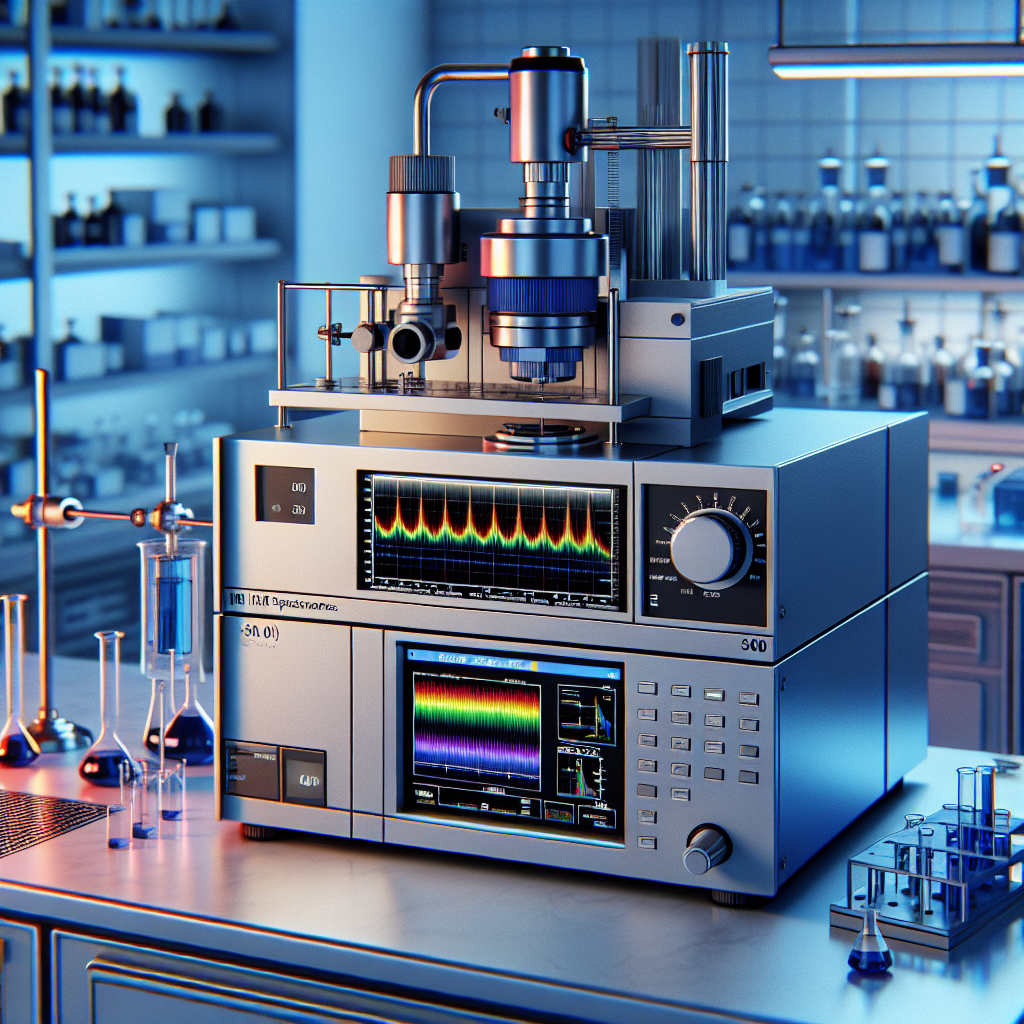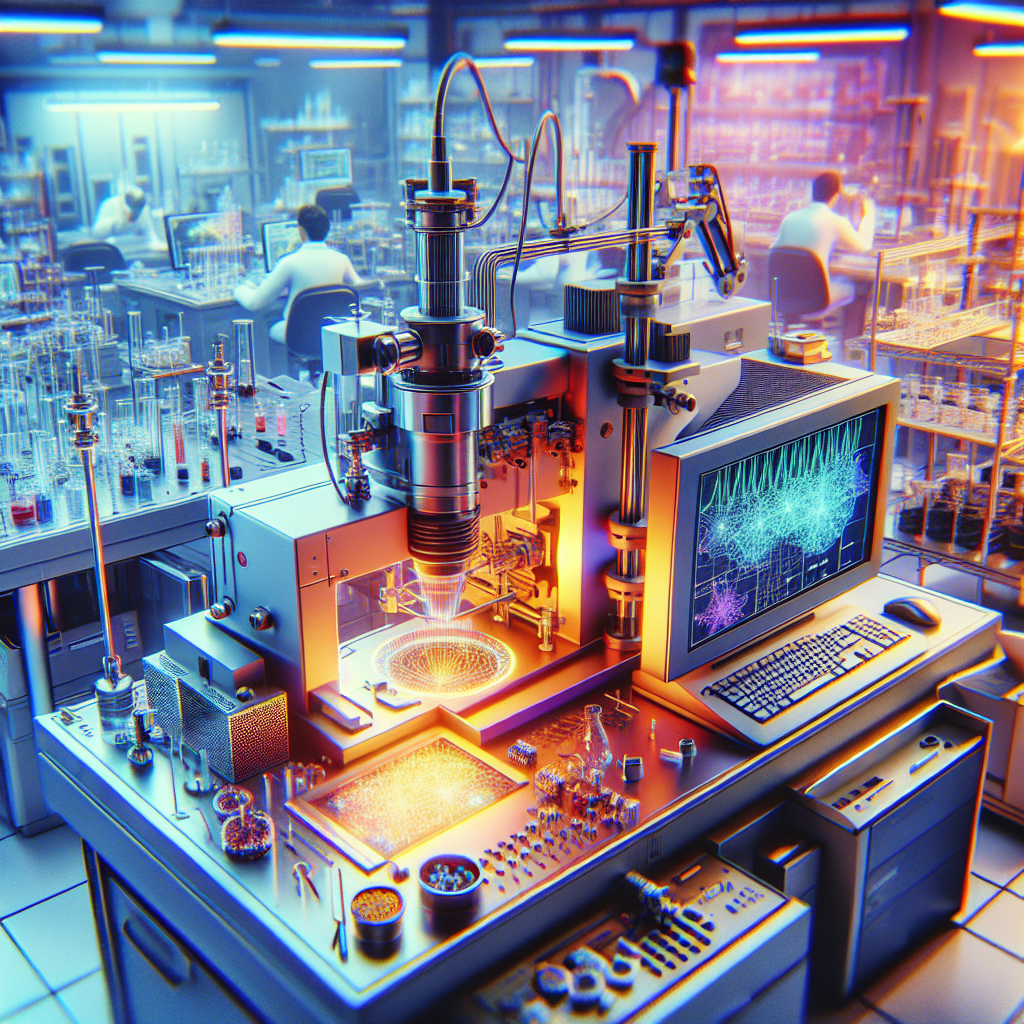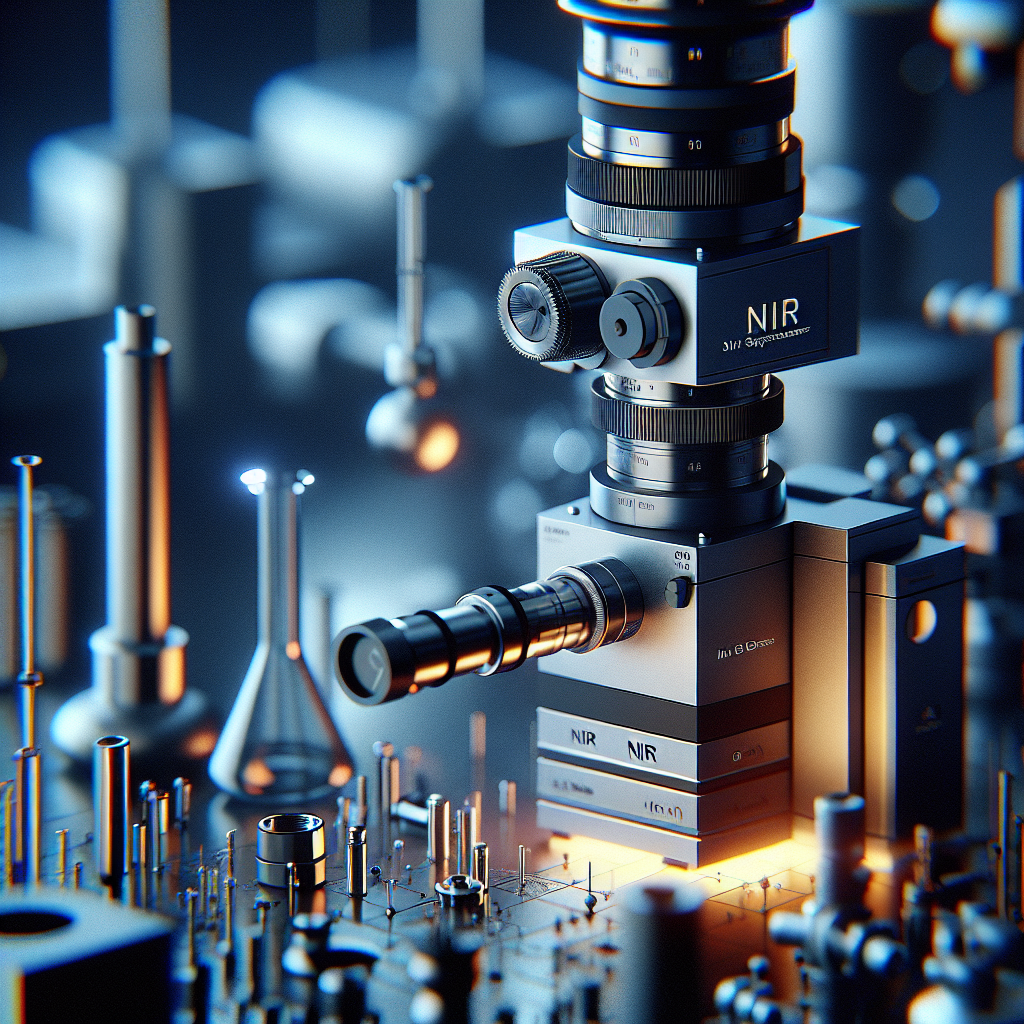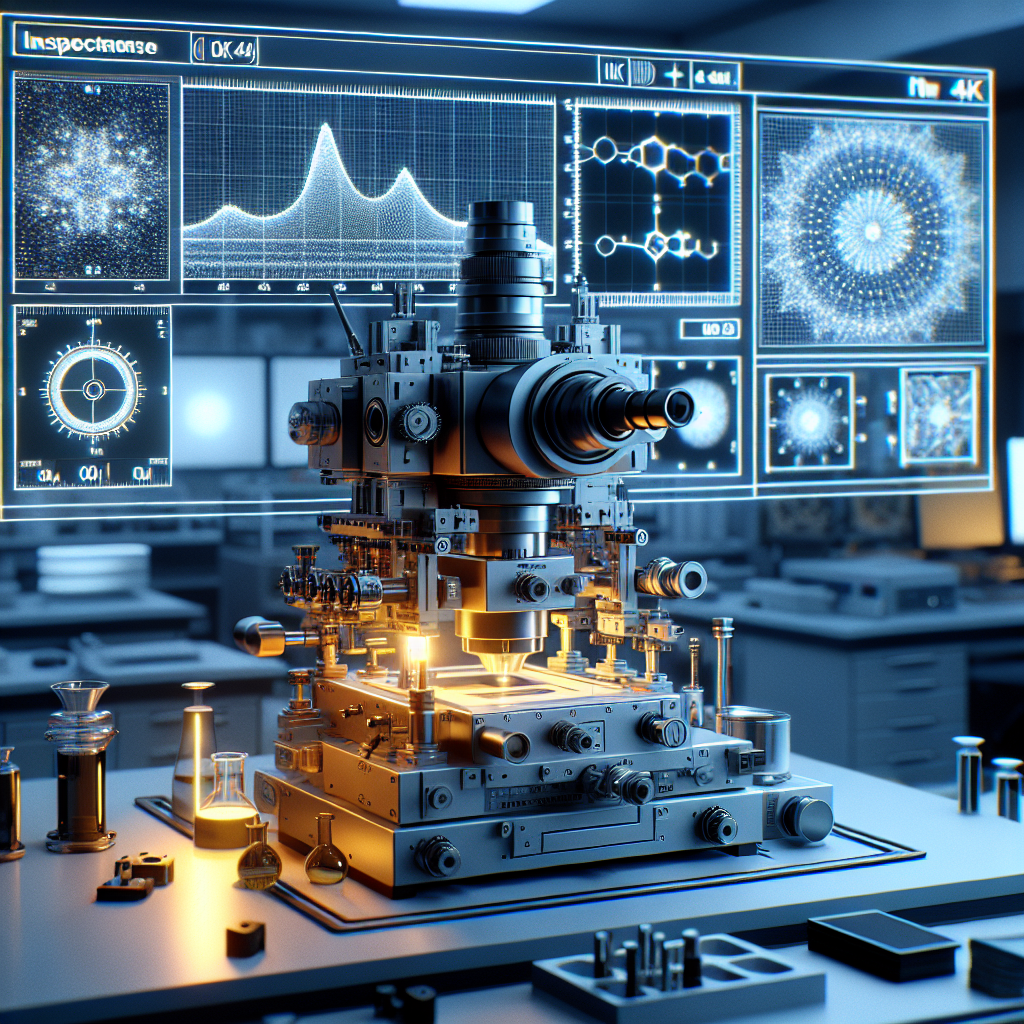
Accurate measurements are foundational for various analytical applications, particularly those employing advanced instrumentation. The reliability of results is heavily shaped by several elements involved in near-infrared spectroscopy.
Regular instrument calibration is necessary to achieve consistency, with maintenance playing a significant role in delivering dependable data.
Sample characteristics such as composition and preparation methods can greatly influence outcomes.
Environmental factors, including humidity and temperature, also add layers of complexity to the analytical process. Operator expertise significantly contributes to reducing data collection errors.
Addressing these aspects enhances the overall precision in NIR analyses, leading to improved decision-making in sectors like agriculture and manufacturing.
Click here to learn more about: spectroscience.com
Click here to learn more about: spectroscience.com
Understanding Nir Technology
The exploration of light’s interplay with matter uncovers an intriguing domain within near-infrared applications. Near-infrared spectroscopy serves as a potent analytical tool, employing infrared light to evaluate material compositions.
This method capitalizes on absorption spectroscopy to detect various constituents, including fat and oil, across a wide range of samples.
Historically, NIR technology has progressed significantly, broadening its utility across different industries.
From agriculture to pharmaceuticals, its nondestructive testing capabilities yield vital insights without compromising the integrity of the samples. Utilizing robust statistics and techniques like partial least squares regression, this technology guarantees accurate analysis, effectively reducing uncertainty in data interpretation.

Key Factors Influencing Accuracy
Precision in near-infrared spectroscopy relies on a multitude of elements that influence measurements. Instrumental factors are significant, with the quality of the spectrometer directly affecting the results obtained.
A high-performance unit guarantees reliable data by capturing accurate spectral information.
Similarly, the sensitivity of the detector is pivotal, influencing its capacity to measure the absorption of light in various proteins.
Additionally, sample-related factors contribute to the overall precision. The homogeneity of the sample is crucial, as uneven distribution can result in inconsistent readings.
Effective preparation techniques are necessary for achieving reliable outcomes in the analysis of food products, ensuring that dietary fiber content is accurately assessed.
Precision in Near-Infrared Spectroscopy
- High-performance spectrometers ensure accurate spectral information, leading to reliable data.
- The sensitivity of the detector is crucial for measuring light absorption in proteins effectively.
- Homogeneity of samples is essential to avoid inconsistent readings during analysis.
- Effective sample preparation techniques are vital for accurately assessing dietary fiber content in food products.
The Role Of Calibration In Nir
Accurate measurement techniques play a significant role in ensuring reliable results, particularly within the field of spectroscopy. These methods serve as a foundation for quality control across various sectors, especially food science.
The robustness of a calibration model can significantly influence results.
Variability in sample conditions can lead to discrepancies affecting the accuracy of the measurements.
Users can assess their calibration efforts more effectively by employing reference values. There are various techniques available, each presenting unique benefits and limitations, which must be understood to optimize the application of near-infrared reflectance.
Impact Of Temperature And Humidity
The influence of atmospheric conditions plays a pivotal role in the effectiveness of spectroscopic techniques. Fluctuations in these environmental factors can cause variations in the accuracy of near-infrared measurements, thereby affecting the spectral data collected.
For instance, an increase in moisture content can modify the absorption and reflection characteristics of light interacting with samples.
Such variability can lead to inconsistencies in nir results, making the regulation of these conditions imperative.
Managing temperature consistently enhances the robustness and accuracy of readings across different nir spectrometers, which is crucial for improving precision and accuracy in spectral analysis.
| Environmental Factor | Effect on Spectroscopy |
|---|---|
| Moisture Content | Modifies absorption and reflection characteristics of light |
| Temperature | Enhances robustness and accuracy of readings |
| Variability in Conditions | Leads to inconsistencies in near-infrared results |
Precision In Spectral Analysis
Achieving high levels of accuracy and reliability is fundamental in near-infrared spectroscopy. The capability to deliver precise results significantly enhances the overall measurement process, especially within food and agriculture sectors.
Focusing on effective wavelength selection and implementing robust calibration methods allows researchers to minimize variability effectively.
Careful calibration not only ensures reliable measurements but also supports quantitative analysis in various applications.
Identifying systematic errors contributes to the integrity of spectral data, highlighting the importance of precision. As advancements continue, the role of spectral analysis evolves, fostering innovative solutions and thorough methodologies for nondestructive testing applications.
Nondestructive Testing Applications
Ensuring material integrity while avoiding damage plays a pivotal role across numerous sectors. The use of advanced techniques is particularly important in industries like aerospace and manufacturing, where minor imperfections can lead to severe repercussions.
Various methods, such as imaging spectroscopy and ultrasonic testing, reveal concealed flaws without impairing the material’s structure.
External factors, including temperature and humidity, significantly influence the assessment processes, highlighting the importance of skilled personnel.
Integrating these methods not only enhances safety but also promotes efficiency in quality assurance workflows. Transitioning from precision in spectral analysis opens avenues for exploring advances in near-infrared spectroscopy, which is reshaping how industries approach material evaluations.
Advances In Near Infrared Spectroscopy
Innovations are reshaping the landscape of measurement capabilities within diverse fields. Rapid enhancements in analysis techniques are enabling improved accuracy and precision of NIR results, particularly in sectors such as agriculture, pharmaceuticals, and food safety.
Researchers are now able to conduct rapid and non-destructive analysis, which yields better insights into sample compositions.
The integration of machine learning into these processes significantly increases the reliability of results.
Recognizing how environmental factors such as moisture affect NIR readings plays a vital role in developing robust calibration models. Optimizing measurement protocols ensures the effectiveness of this powerful tool across various applications.
Ensuring Robust Calibration Models
A strong foundation in calibration is necessary for achieving reliable performance in various analytical techniques. Measuring accuracy involves recognizing the factors that lead to variability.
By pinpointing these elements, professionals can put effective strategies into practice.
For instance, using near-infrared spectroscopy often relies on a standardized method to ensure a set of samples is calibrated correctly.
This approach helps maintain a high level of measurement accuracy. Incorporating innovative technologies can also significantly enhance the calibration process.
With advancements in nir sensors, there is potential for improved precision in analysis results. A proactive stance on calibration promotes robust models and accurate and dependable results across diverse applications.
Calibration in Analytical Techniques
- A strong calibration foundation is essential for reliable performance in analytical methods.
- Identifying variability factors is crucial for improving measurement accuracy.
- Standardized methods in techniques like near-infrared spectroscopy ensure proper sample calibration.
- Advancements in NIR sensors enhance precision and reliability in analysis results.
NIR Analysis Best Practices Precision Insights
NIR Data Interpretation Spectrum Insights
NIR Analysis Best Practices Precision Insights
NIR Data Interpretation Spectrum Insights


